Minute Man Fossils
Hadrosaur Caudal (Tail) Vertebra-Texas
Hadrosaur Caudal (Tail) Vertebra-Texas
Couldn't load pickup availability
Taxa: Indeterminate Hadrosaur
Element: Caudal (Tail) Vertebra
Geology: Aguja formation
Age: Cretaceous-Campanian
Locality: Brewster County, Texas
Hadrosauridae
Hadrosaurs, or duck-billed dinosaurs, were a diverse group of herbivorous dinosaurs that lived during the Late Cretaceous period. They are known for their distinctive, flattened, and duck-like beaks, which helped them efficiently crop plants. Hadrosaurs typically had long, robust bodies, with some species being quite large. Many had a cranial crest, which could be used for display or communication, and some species had complex dental batteries that allowed them to process tough vegetation. They were bipedal or quadrupedal and likely lived in herds, providing social protection and cooperation. Hadrosaur fossils are widely distributed, and they played a significant role in the ecosystems of the Late Cretaceous. Notable species include Parasaurolophus, Edmontosaurus, and Maiasaura.
Hadrosaurs from the Aguja Formation were herbivorous dinosaurs that lived during the Late Cretaceous period in what is now West Texas. Fossil evidence from the formation indicates the presence of these duck-billed dinosaurs, which were likely part of the rich and diverse ecosystems of the region. While specific species are not always easily identified from the Aguja Formation due to fragmentary remains, they were probably similar to other hadrosaurs found in North America, characterized by their flattened beaks, dental batteries for processing plants, and social behavior. These hadrosaurs would have likely inhabited coastal floodplains and riverine environments, feeding on the abundant vegetation in the area.
Aguja formation
The Aguja Formation is a Late Cretaceous geological formation in West Texas, primarily exposed in the Big Bend National Park region. It dates to the Campanian stage (approximately 80–72 million years ago) and consists of fluvial, coastal, and deltaic deposits. The formation preserves a diverse fossil record, including dinosaurs such as hadrosaurs, ceratopsians, pachycephalosaurs, tyrannosaurs, and dromaeosaurs, as well as turtles, crocodilians, and early mammals. The Aguja Formation provides important insights into the ecosystems of North America during the Late Cretaceous, showing a rich and varied landscape of rivers, floodplains, and coastal environments.
Share
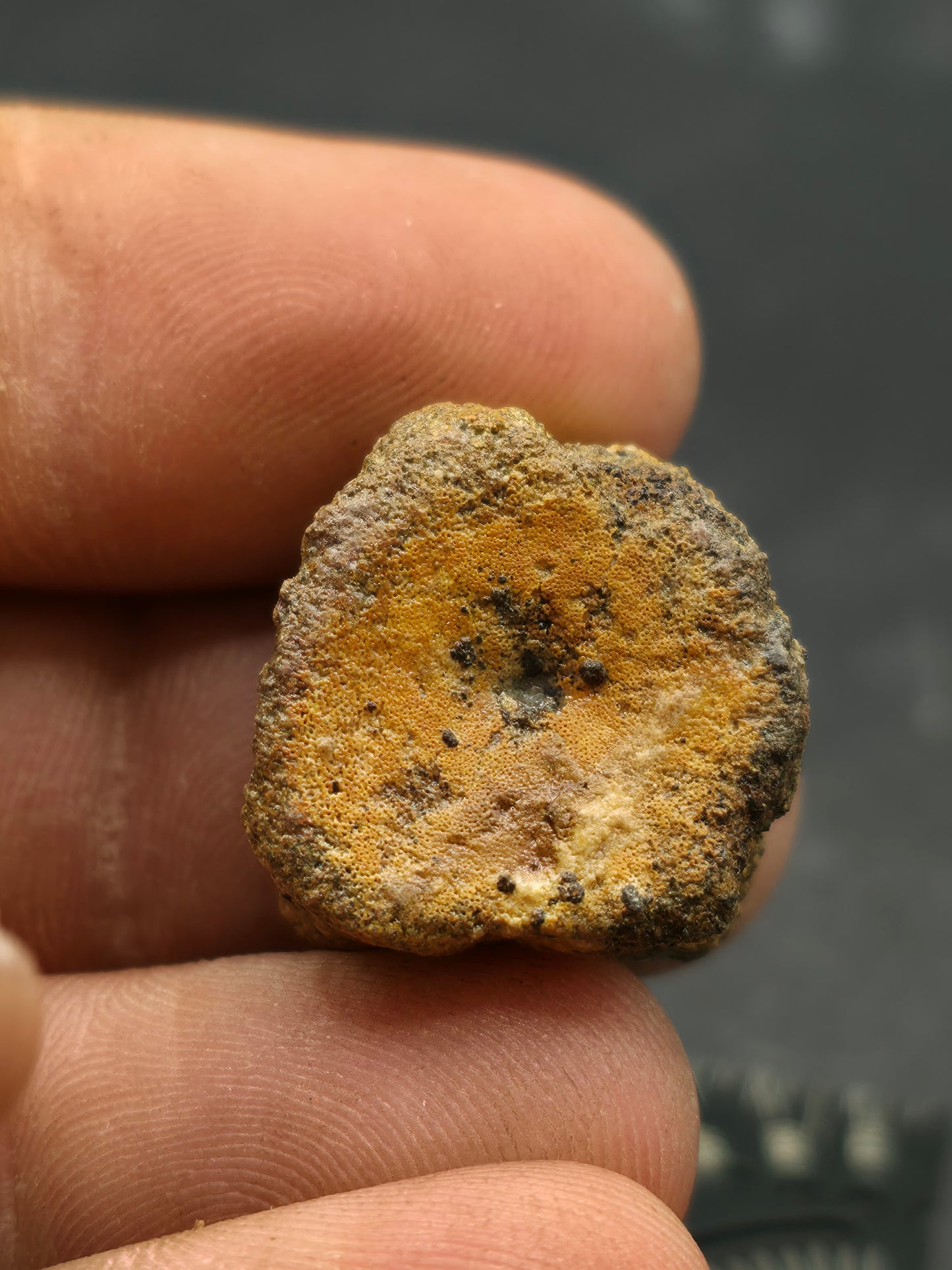
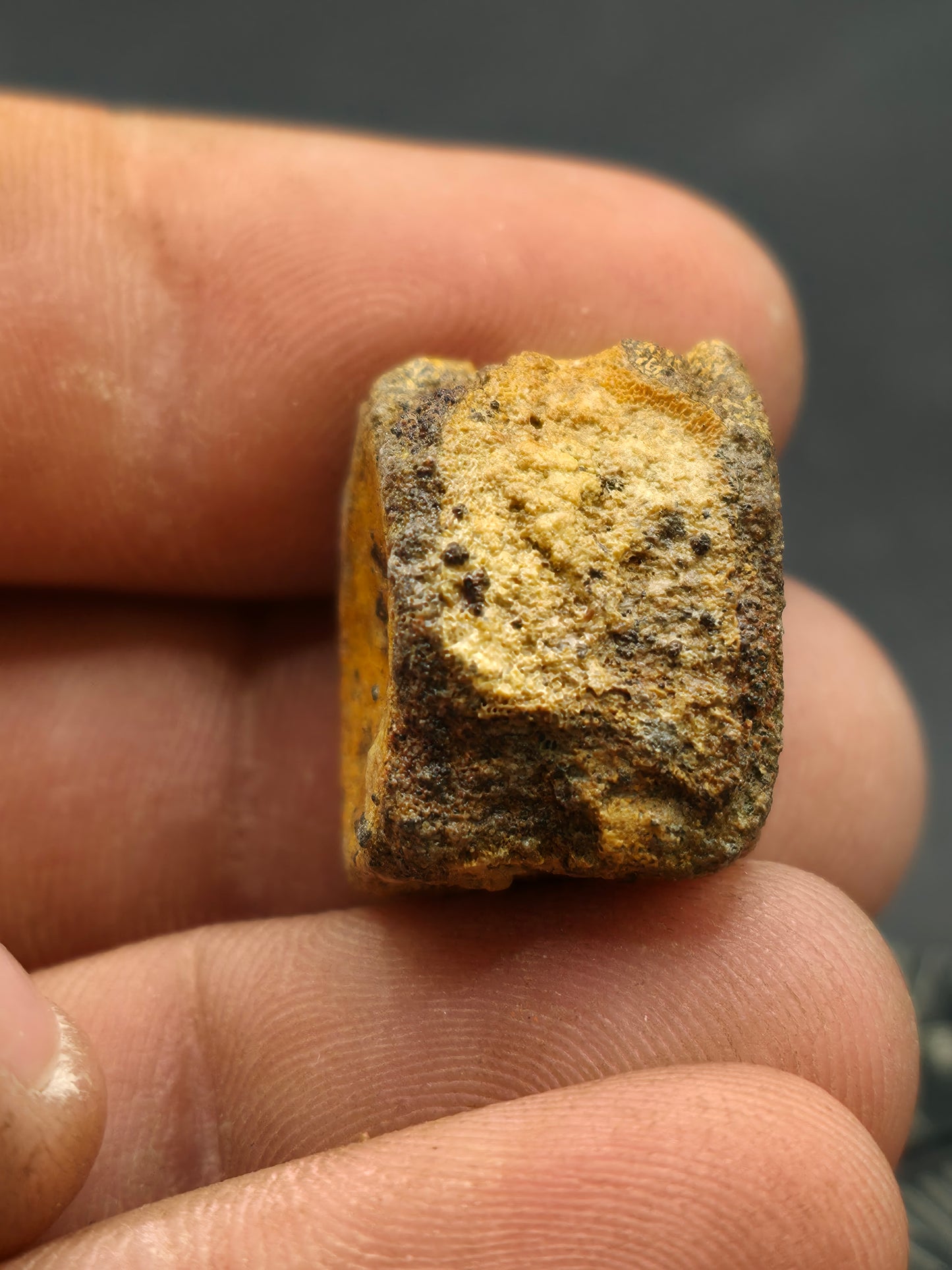
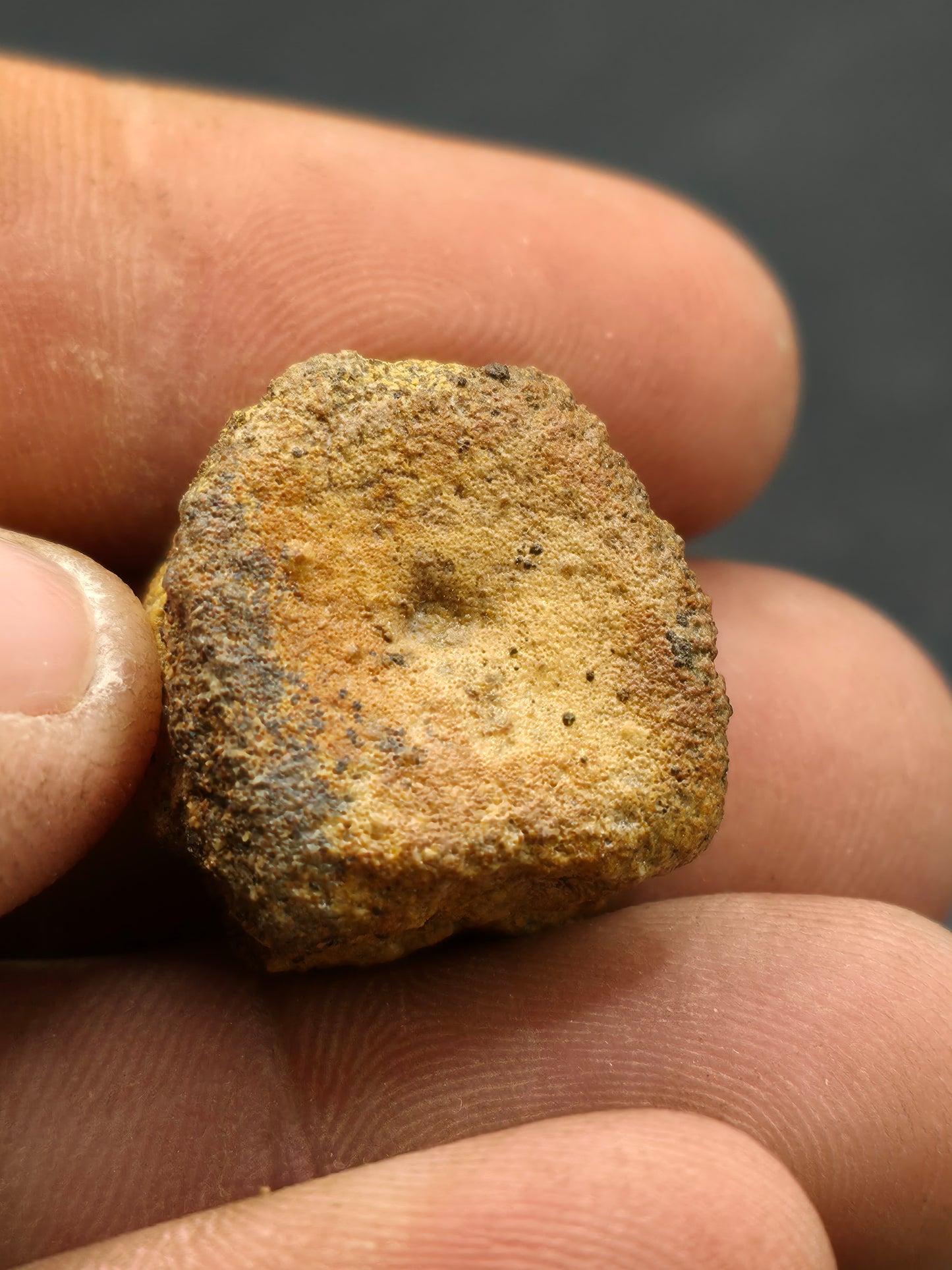

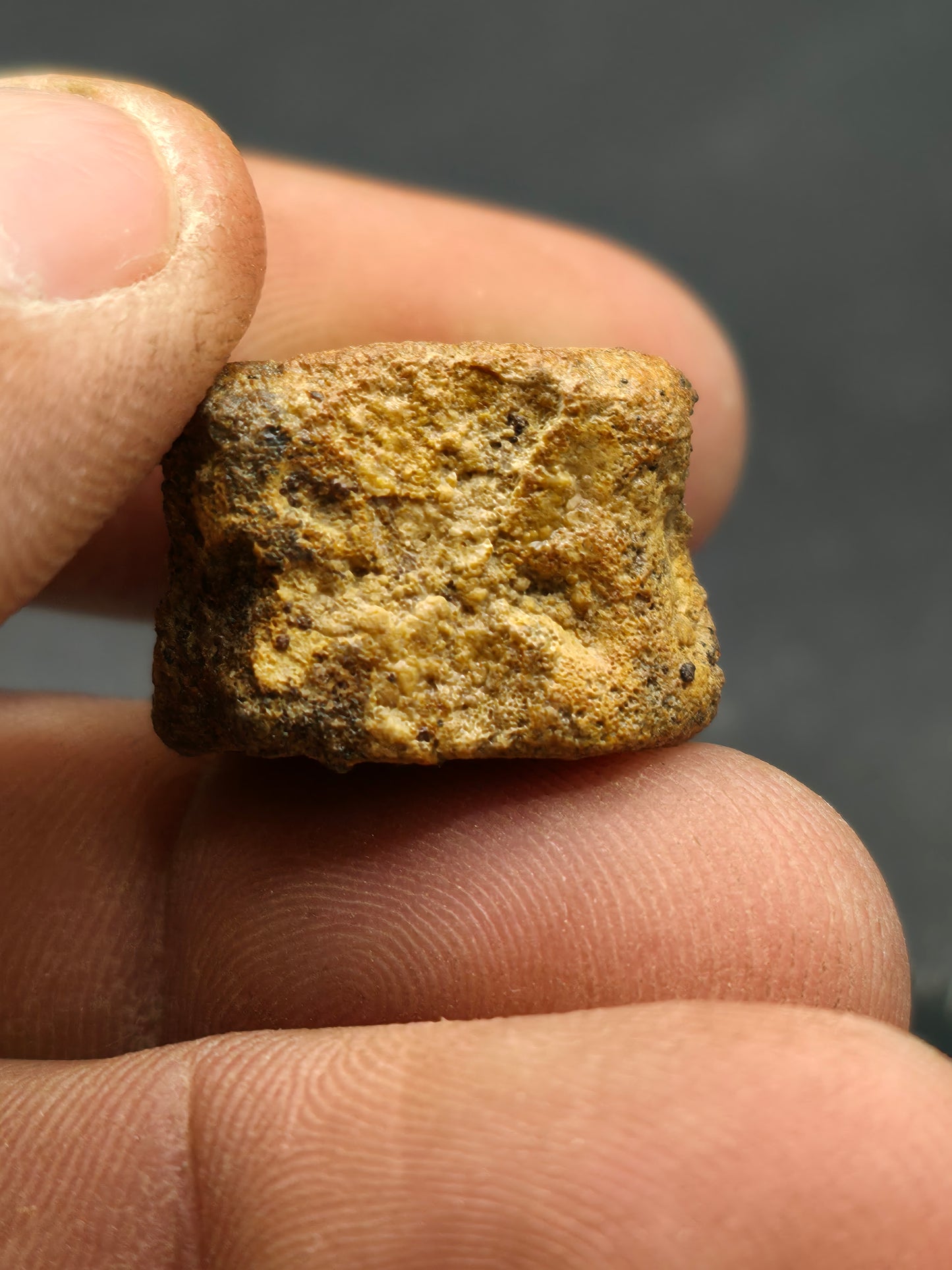
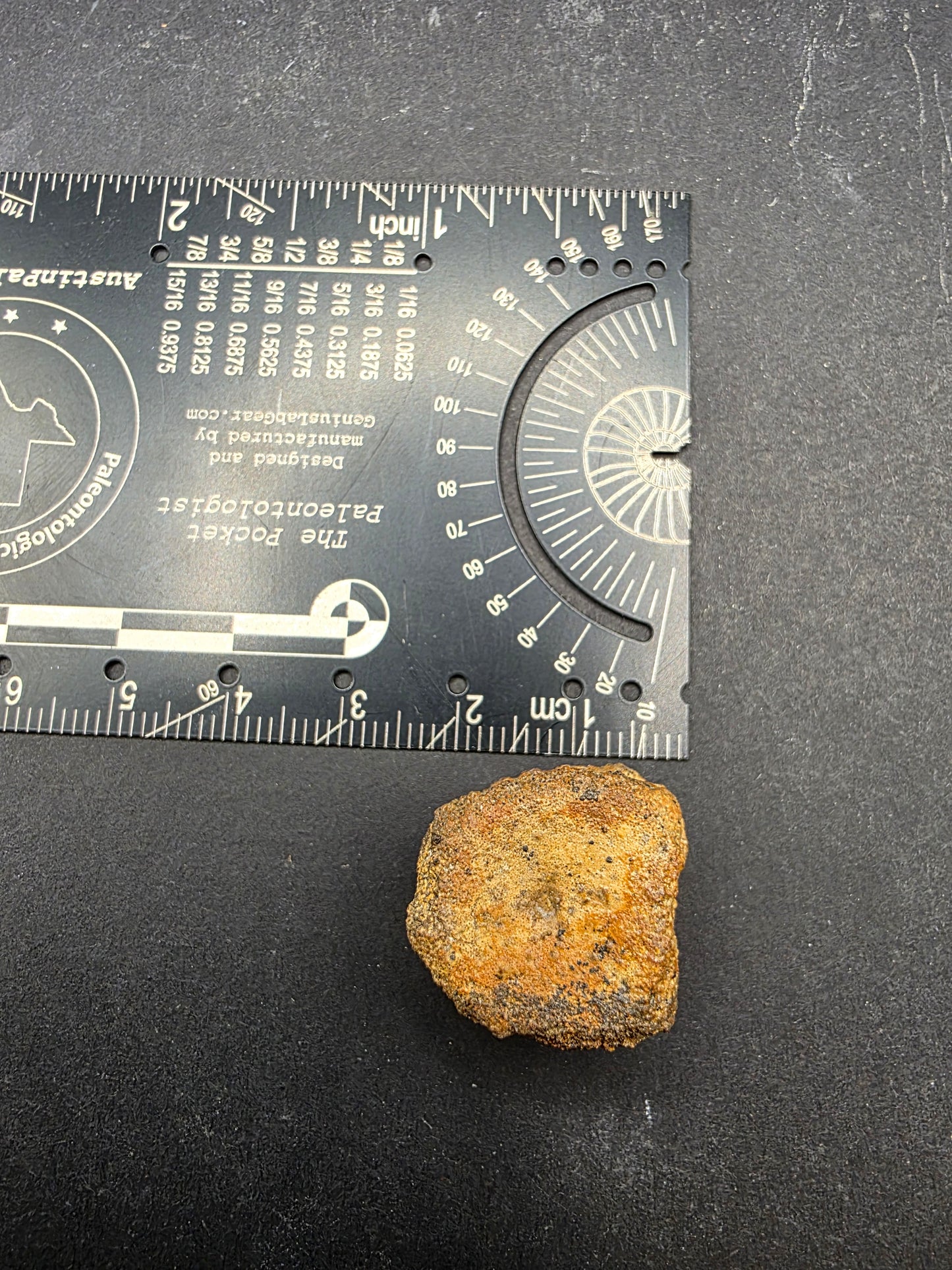
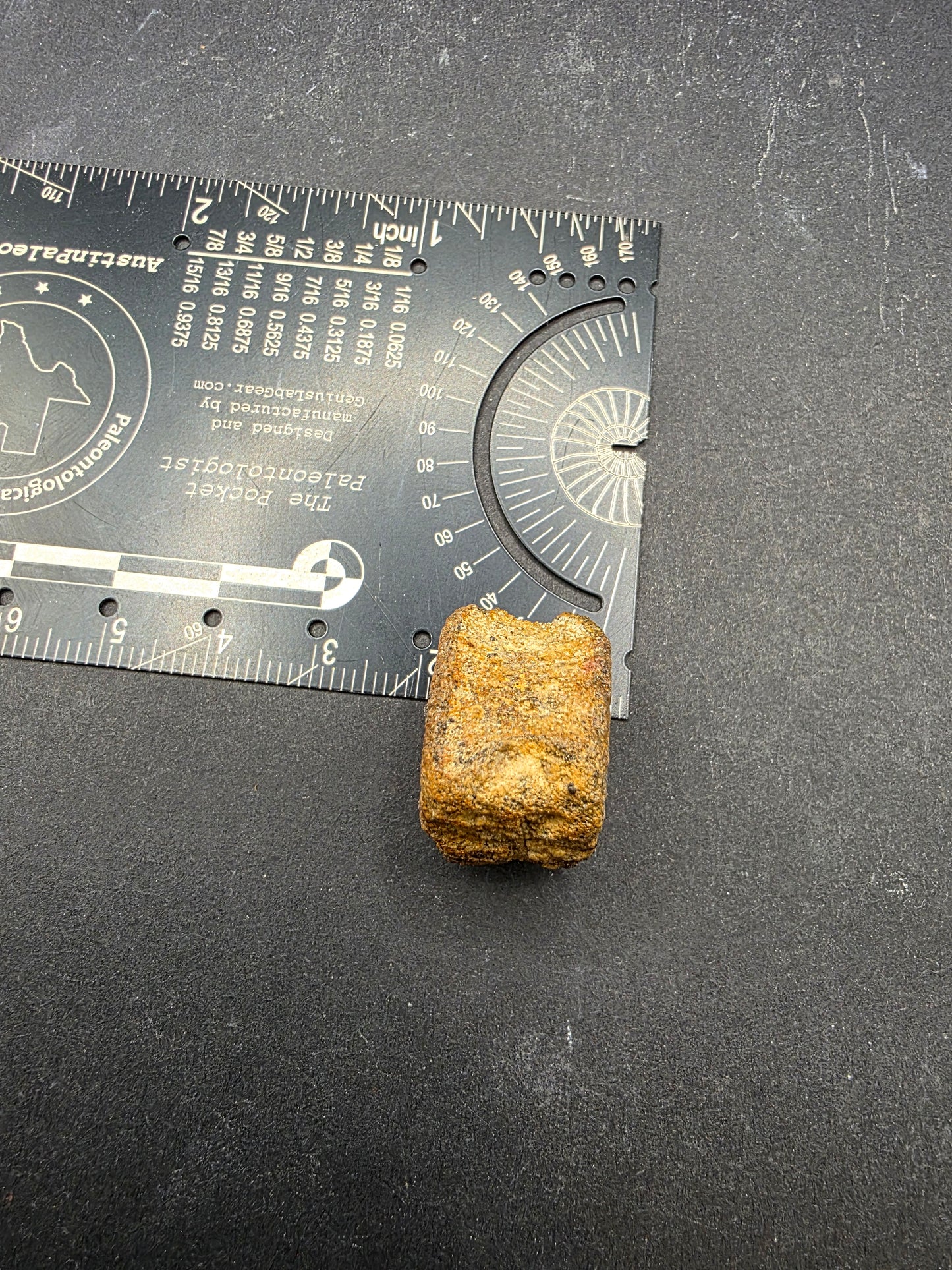
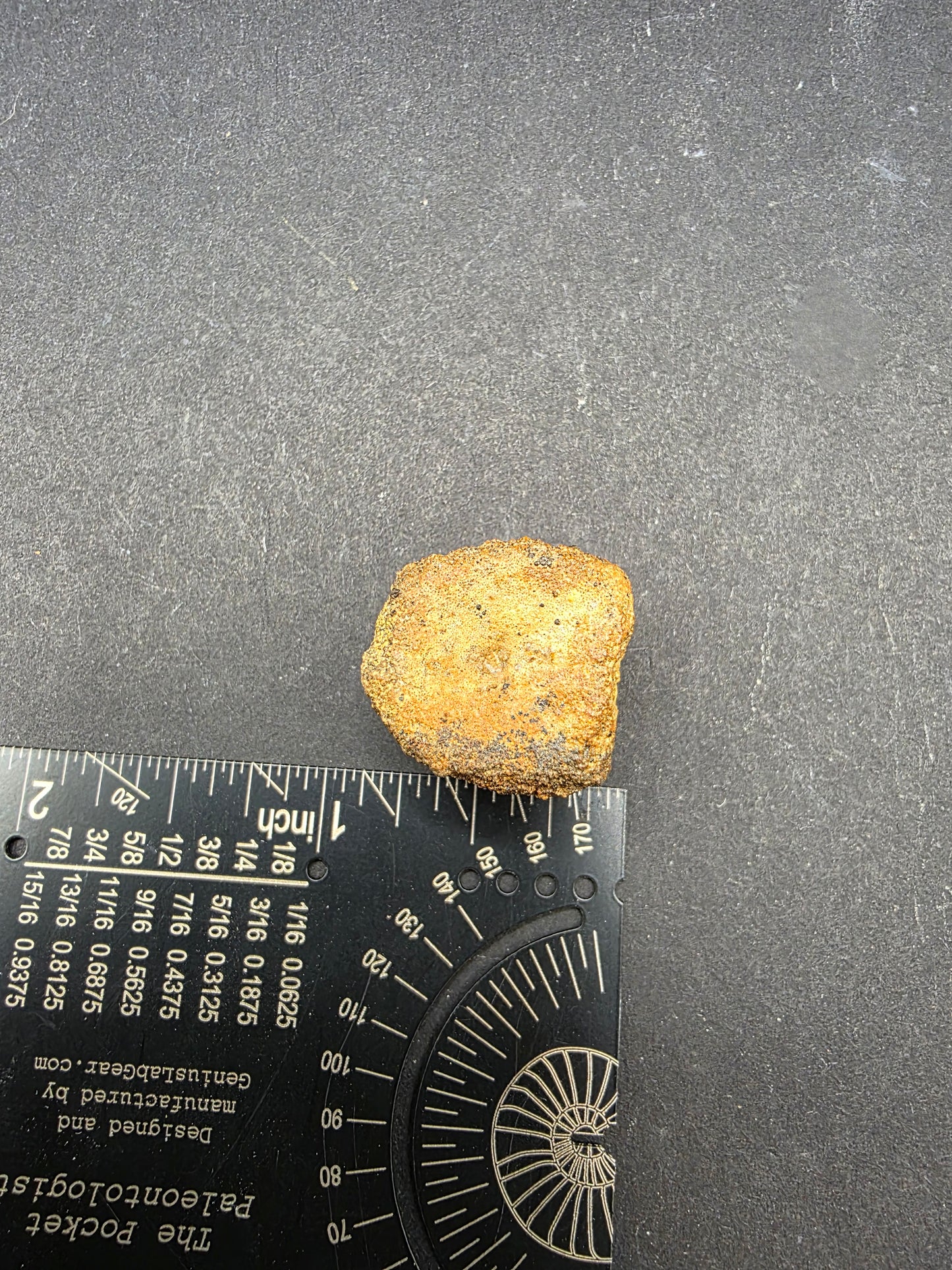
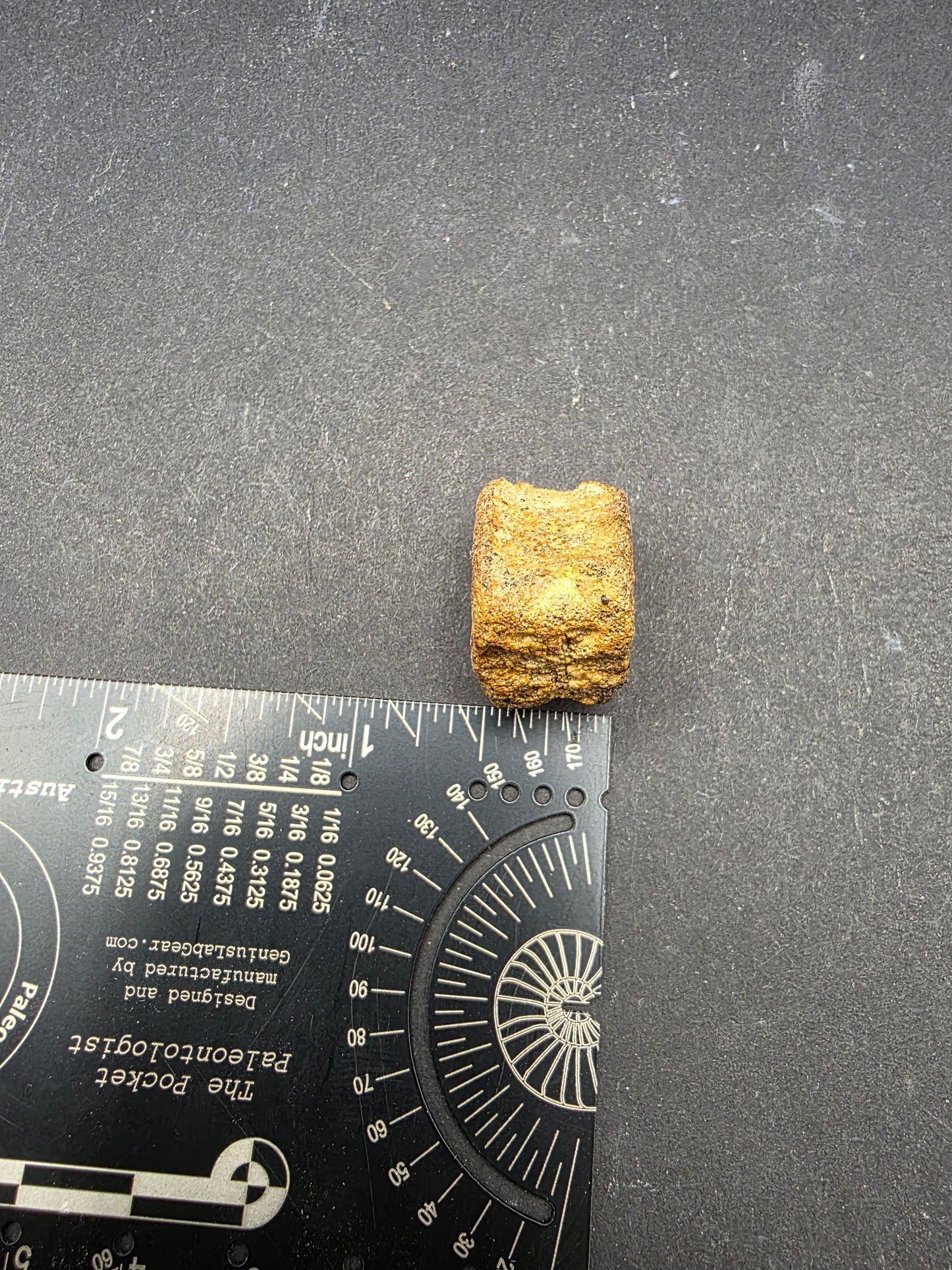
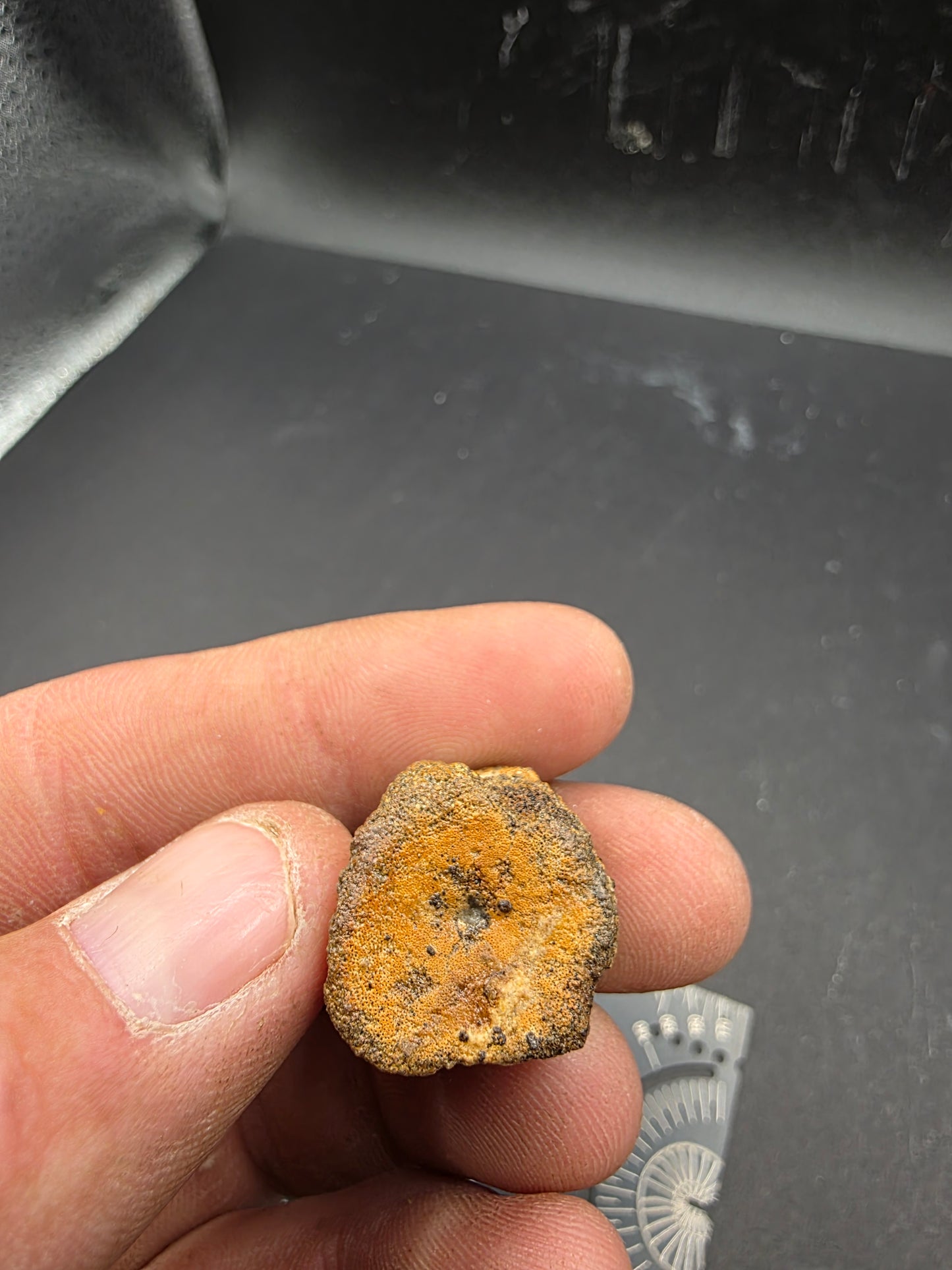
Subscribe to our emails
Be the first to know about new collections and exclusive offers.










